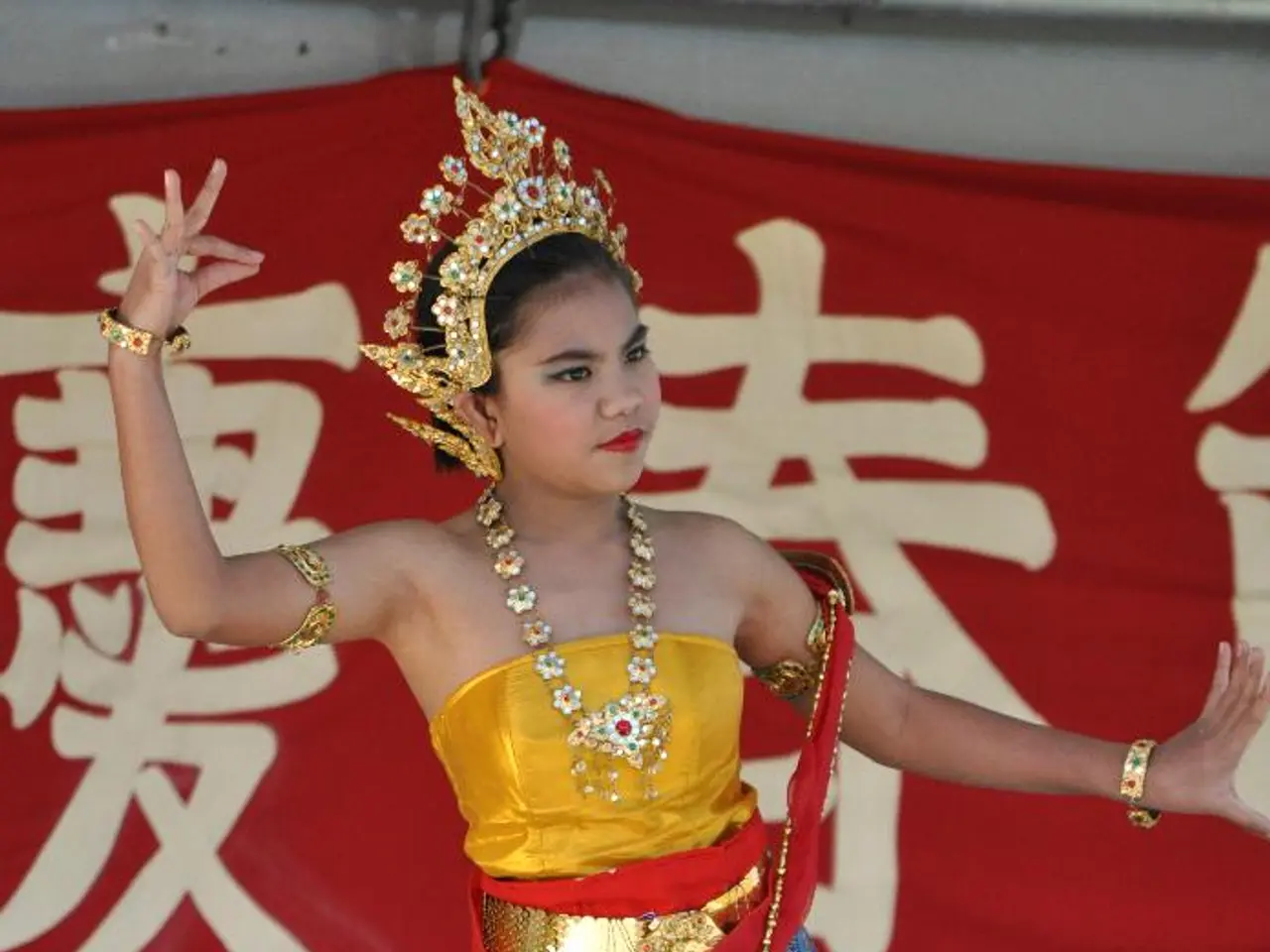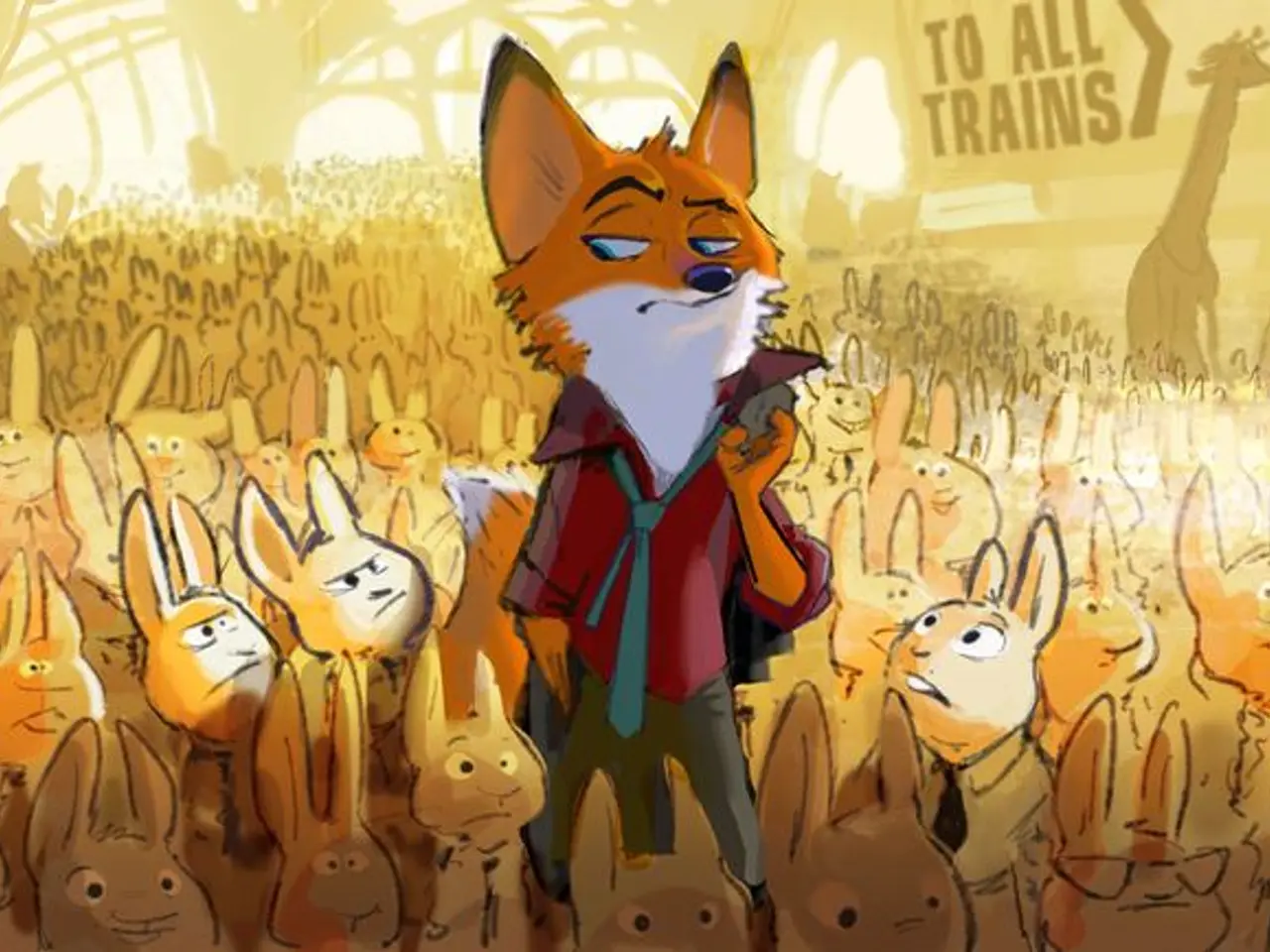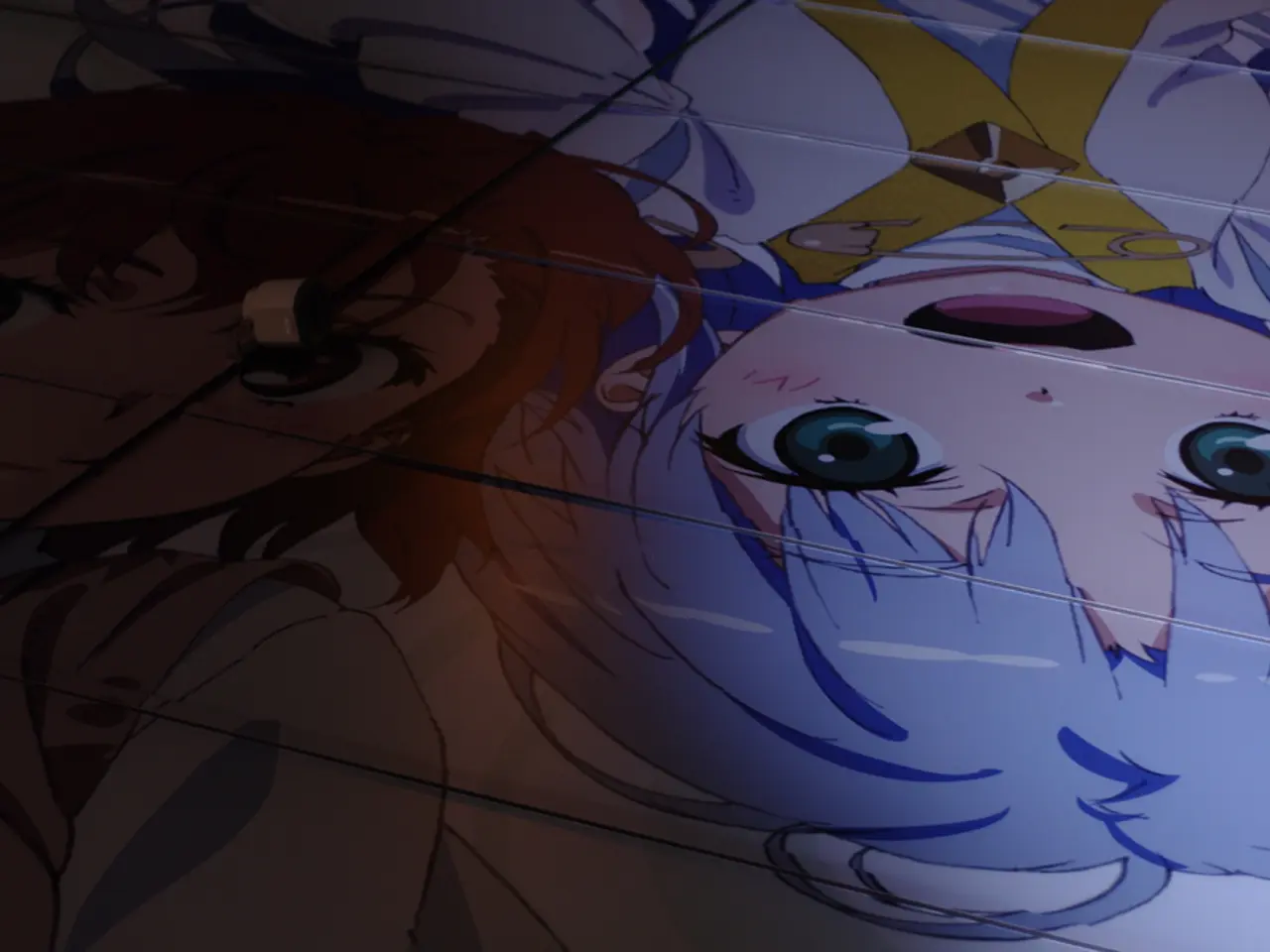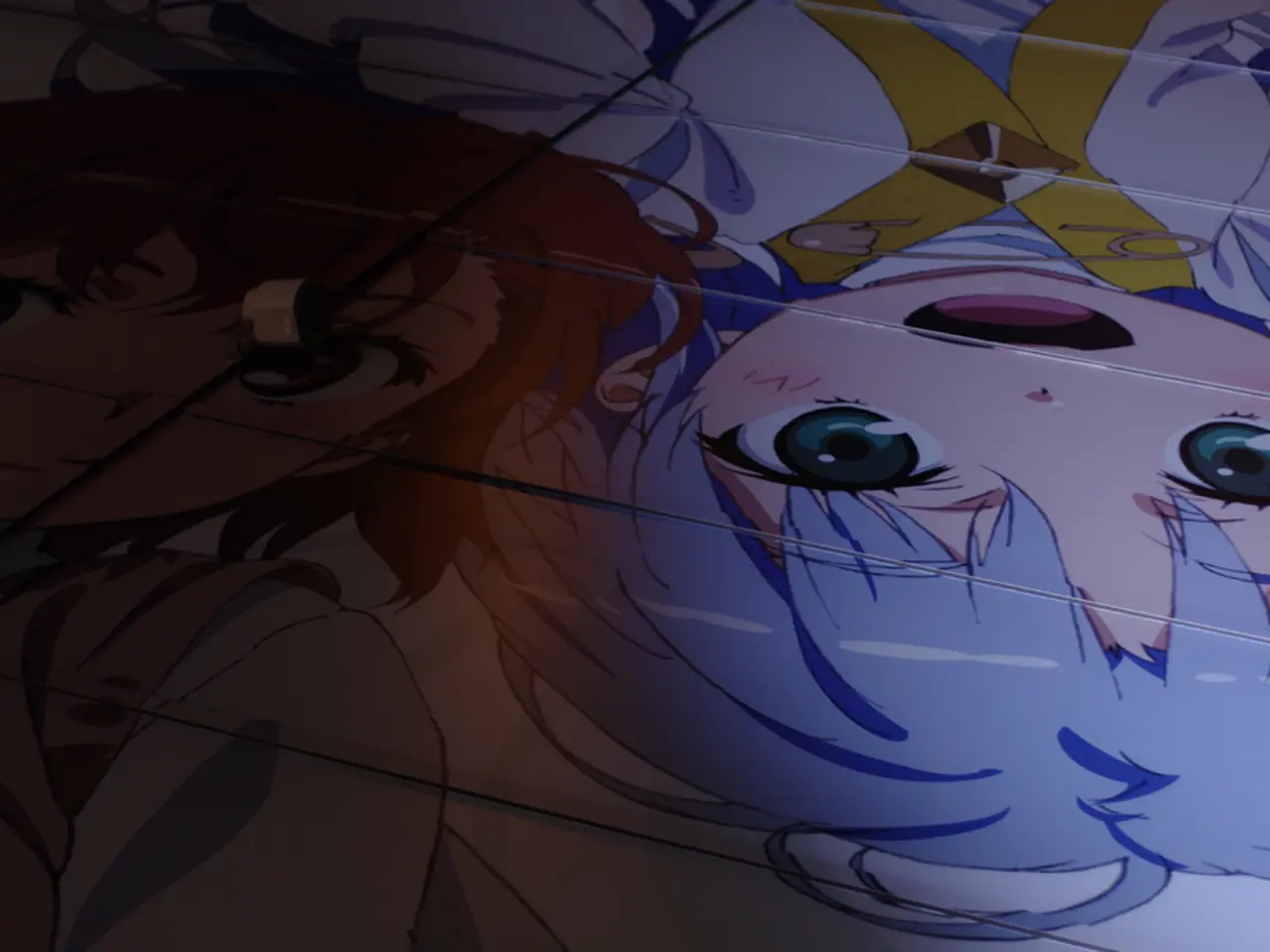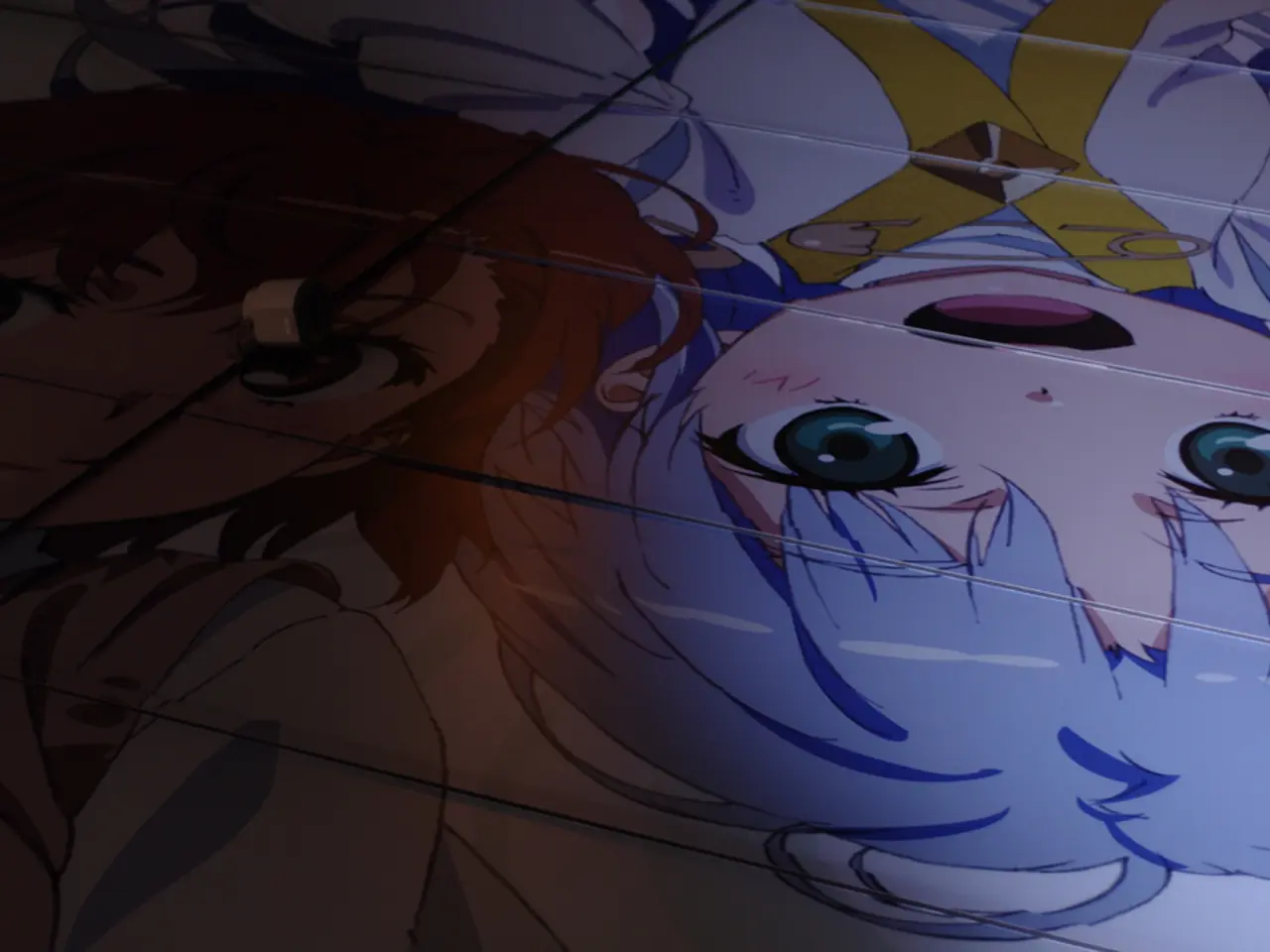Celebrating Memorable Dance Routines in Hindi and Telugu Cinema: From Dhinka Chika to Naatu Naatu
Indian regional cinema has long been a treasure trove of culturally rich and pioneering dance moments that have shaped local popular culture and, in some cases, inspired broader trends. While Bollywood dance sequences are globally recognised, regional cinema offers a unique and authentic reflection of regional traditions.
In Kerala's Malayalam cinema, the film 'Moonwalk' (2025) serves as a testament to the region's forgotten breakdance culture. The film revisits the journey of the Footloosers, a real-life dance troupe founded by Santosh Kumar (Babu Master) in Thiruvananthapuram in the 1980s. The Footloosers were early adopters of breakdance in South India, blending martial arts training with dance moves inspired by Tamil and Telugu film sequences. Their performances in public spaces and influence on local youth culture demonstrate how regional cinema can document and elevate grassroots dance movements, turning them into cultural phenomena even decades later.
Telugu cinema, on the other hand, has traditionally employed dance sequences as ceremonial rites of passage for the hero, often set in public squares with folk music and mass participation. These scenes, sometimes featuring the “ceremonial nomination” of the hero with turban and shawl, blend narrative and spectacle, reinforcing the star system and the hero’s larger-than-life persona. The dance sequences in Telugu cinema are deeply rooted in local folk traditions and rituals, giving them a distinctly regional flavour that resonates with audiences.
Manipuri cinema, though less prolific, showcases the Manipuri classical dance form, marked by its unique upper body and hand movements, in cultural performances often depicted in regional films. The two main styles, Tandava (vigorous, linked to Shaktism and Shaivism) and Lasya (graceful, linked to Vaishnavism and the Raslila), offer a stark contrast to the high-energy Bollywood set pieces. The depiction of Manipuri dance in cinema serves to preserve and promote a dance tradition that has largely resisted outside influence, maintaining its authenticity and spiritual significance.
Regional dance sequences often prioritise local classical styles, folk traditions, and improvisational street performances, contrasting with Bollywood's fusion-oriented, globally influenced choreography. Films like 'Moonwalk' demonstrate how regional cinema can revive and celebrate subcultural dance movements, ensuring their legacy in popular memory. In many films, dance is central to character development or plot progression.
The dance sequence "Naatu Naatu" from Tollywood (Telugu cinema) film RRR (2022) won an Oscar for Best Original Song and has taken Indian cinema global. Regional films like Tollywood and Kollywood (Tamil cinema) contribute iconic dance numbers with unique regional styles. Prabhu Deva is often compared to Michael Jackson for his innovative dance moves in Indian cinema, while Jr. NTR and Allu Arjun are known for their electrifying moves in Tollywood.
Contemporary Indian film dance is a blend of Western influences and Indian folk traditions. "Dhinka Chika" from Ready (2011) is a modern version of over-the-top dance numbers popularized by stars like Govinda and Madhuri Dixit. "Dola Re Dola" from Devdas (2002) is a fusion of classical Kathak and filmi dance. Remo D'Souza brings a hip-hop edge to Bollywood dance sequences, while visionary choreographers like Bosco-Caesar, Prem Rakshith, Farah Khan, Saroj Khan, Remo D'Souza, Ganesh Acharya, and others have made significant contributions to Indian film dance.
In conclusion, the most influential dance sequences in Indian regional cinema are those that authentically reflect local traditions—be it the breakdance culture of Kerala, the folk-hero ceremonialism of Telugu films, or the classical Manipuri dance preserved in Northeastern cinema. These sequences have not only entertained but also documented, revived, and sometimes even created new dance subcultures, leaving a lasting imprint on India’s diverse cinematic and cultural landscape.
- The film 'Moonwalk' in Kerala's Malayalam cinema, showcasing a forgotten breakdance culture, is a testament to how regional cinema can revive and celebrate subcultural dance movements.
- Tollywood (Telugu cinema) contributes iconic dance numbers with unique regional styles, such as the Oscar-winning "Naatu Naatu" from RRR (2022).
- The depiction of Manipuri dance in cinema serves to preserve and promote a dance tradition that has largely resisted outside influence, maintaining its authenticity and spiritual significance.
- Regional films like Tollywood and Kollywood (Tamil cinema) often feature dance sequences that are central to character development or plot progression, demonstrating how dance plays a significant role in shaping narrative and cinematic culture.
